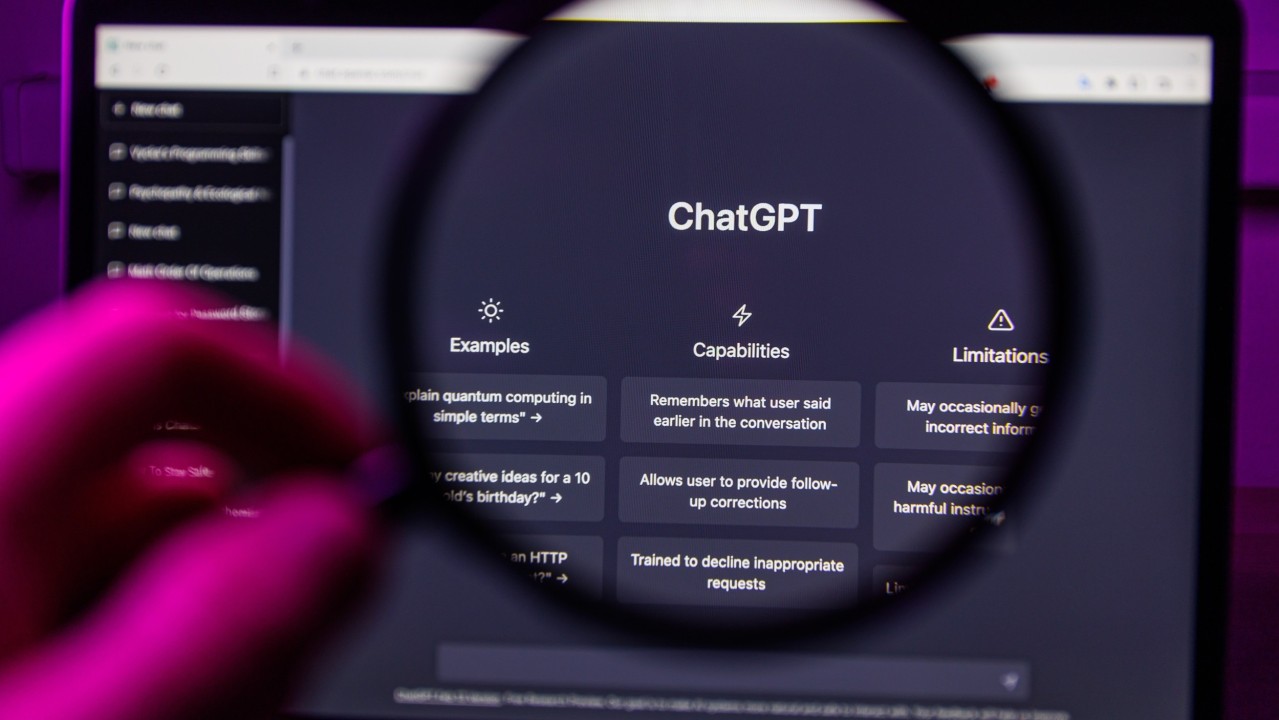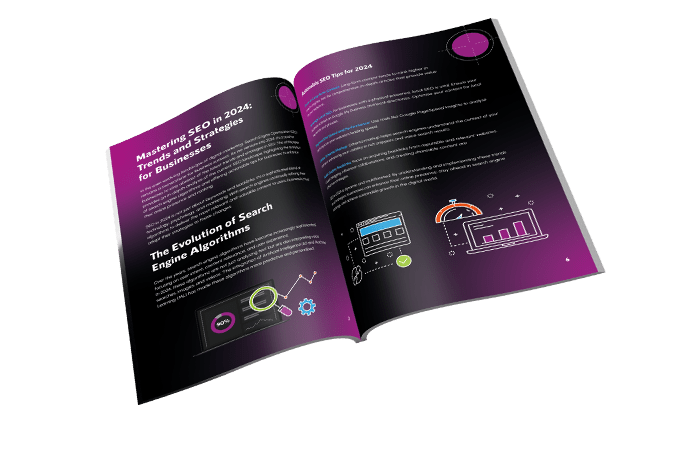News
How AI is Simplifying UX Design – A Comprehensive Study
The burgeoning realm of artificial intelligence (AI) is making an indelible mark across multiple industries, revolutionising the way we conduct businesses, communicate and live our lives.
One such field feeling the profound impact of AI is User Experience (UX) design. As businesses strive to deliver more personalised, intuitive and enjoyable experiences to their customers, AI’s potential in UX design has swiftly come to the forefront.
This article dives deep into this intriguing confluence, exploring how AI is simplifying UX design.
The State of UX in the UK
To set the stage, let’s first look at some relevant data regarding UX in the UK. According to a study by Econsultancy, 95% of UK companies recognise UX as a vital factor for improving sales, conversions and customer loyalty. Another report from the Nielsen Norman Group reveals that every £1 invested in UX results in a return of up to £100.
These numbers suggest a ripe environment for the fusion of AI and UX, given the significant benefits UX brings to the business table. As such, understanding how AI is aiding UX can help organisations keep pace with the digital transformation and create exceptional experiences for their customers.
Defining AI and Its Role in UX
Artificial Intelligence refers to machines or software mimicking human intelligence, involving learning, reasoning, problem-solving, perception, and language understanding. AI’s main subsets, Machine Learning (ML) and Natural Language Processing (NLP), are instrumental in the evolution of UX.
ML enables computers to learn from data without explicit programming, while NLP allows machines to understand, interpret, and respond to human language. These technologies empower designers to understand user behaviour and preferences on a much deeper level, leading to personalised user experiences and interfaces that evolve with user interactions.
How AI is Simplifying UX Design
Personalisation
AI has brought about unprecedented levels of personalisation in UX design. By analysing user data such as browsing habits, purchase history, and preferences, AI can generate insights for designers to create interfaces tailored to individual user needs. AI algorithms are capable of delivering personalised recommendations, enhancing customer engagement, and driving conversions. For instance, e-commerce giant Amazon uses AI to provide customers with personalised shopping experiences, boosting their retention rates significantly.
Voice User Interface (VUI)
VUI is another emerging trend, simplifying UX by allowing users to interact with systems using voice commands. Prominent examples include Apple’s Siri, Amazon’s Alexa, and Google Assistant, which employ AI to understand and respond to user commands accurately. According to a 2021 report by Deloitte, 12.6 million smart speakers were in use in the UK, demonstrating the increased adoption and relevance of VUI.
Predictive UX
AI algorithms are excellent at identifying patterns in user behaviour. By harnessing this capability, designers can create predictive UX designs that anticipate and meet user needs before they even realise them. Predictive UX improves the user journey by presenting relevant information and reducing the number of steps to accomplish a task. For instance, Google Maps uses AI to predict traffic conditions and recommend the fastest route to users.
Chatbots and Virtual Assistants
AI-powered chatbots and virtual assistants have revolutionised the way businesses interact with customers, offering instant and personalised responses to queries. A survey conducted by Ubisend in 2020 found that 1 in 5 consumers in the UK would consider purchasing goods or services from a chatbot. By enabling 24/7 customer service, these tools enhance UX, boost customer satisfaction, and increase conversion rates.
Automated A/B Testing
AI automates the traditionally time-consuming process of A/B testing, where designers compare different versions of an interface to determine which performs better. AI can not only automate the testing but also learn from the results to recommend design modifications. This streamlines the UX design process, enabling designers to focus on creativity and innovation.
Advanced Analytics
AI algorithms can handle vast amounts of data and derive meaningful insights, a boon for UX designers. The use of AI in analytics helps designers identify user behaviour trends, determine effective design elements, and pinpoint areas of improvement.
The adoption of AI in UX design is an exciting prospect that holds immense potential for businesses and users alike. By enhancing personalisation, facilitating voice user interfaces, enabling predictive UX, streamlining A/B testing, and providing advanced analytics, AI is simplifying and revolutionising UX design.
As more organisations acknowledge the value of exceptional UX in driving conversions and customer loyalty, the marriage of AI and UX is only set to grow. Ultimately, as technology continues to evolve, one thing remains clear: AI, with its transformative power, is poised to redefine UX design, enabling the creation of experiences that are not just user-friendly but truly user-centric.
As we continue to embrace the digital age, the fusion of AI and UX design is paving the way for the next wave of innovation, setting the stage for a future where technology is not just a tool, but an extension of the human experience.





The Ultimate Social Media Guide
With the ever-growing power of social media, we use the latest techniques, video, and animation software to craft eye-catching social media assets that make your brand pop. Our designers, wielding Adobe Creative tools, create distinctive animations and graphics to illuminate your brand story and highlight your products or services. Want a unique design? No problem – we also offer bespoke designs to match your brand aesthetic.